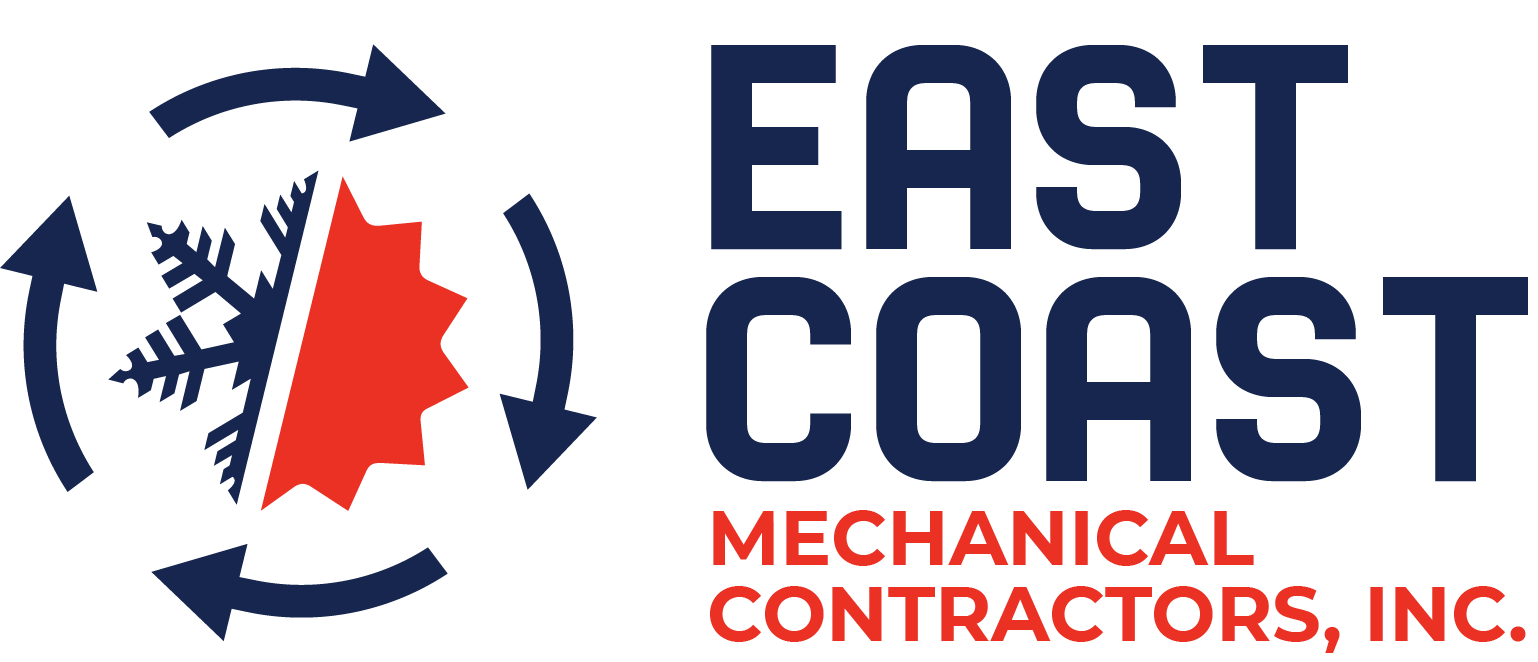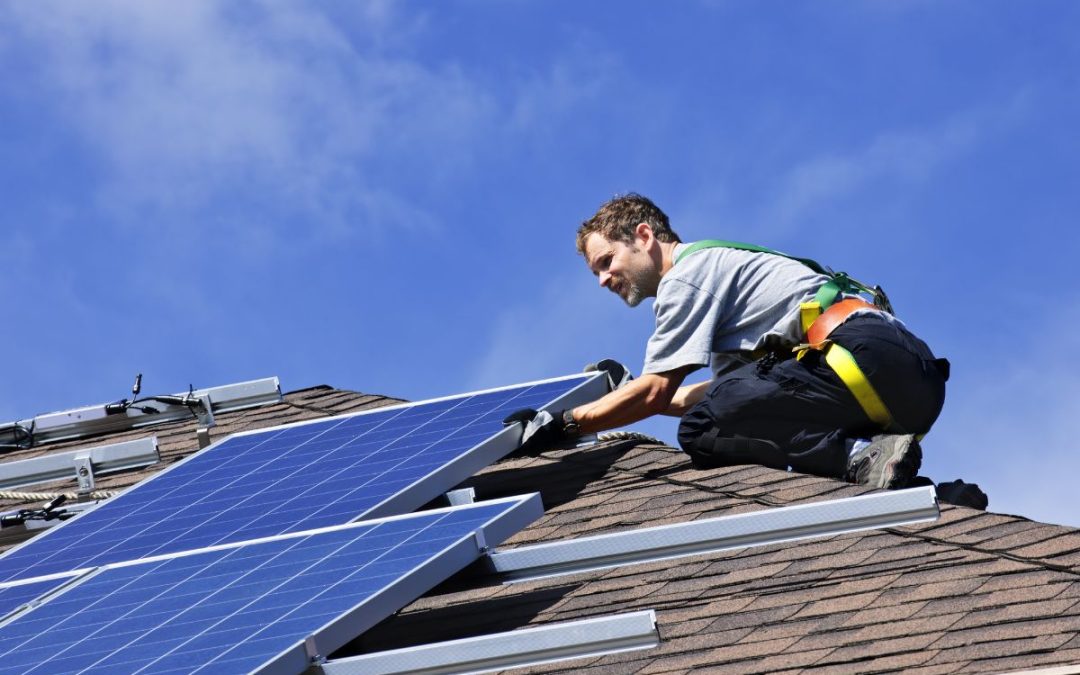Solar Powered air conditioners just make sense. After all, you are going to use the AC when the sun is beating down on your home. According to the U.S. Department of Energy, three-quarters of American homes have air conditioners. The energy used by power plants to support many air conditioners produces 117 million metric tons of carbon dioxide annually.
Carbon dioxide is considered a greenhouse gas. Greenhouse gases contribute to global warming and cause environmental and human health issues. Additionally, air conditioners account for about 6% of the energy consumed in the U.S. Across the country, Americans spend a cumulative $29 billion on AC-related electricity annually.
Solar Powered Air Conditioners
Not only can solar-powered air conditioners reduce greenhouse gas emissions, but they can also help slash utility bills. And solar AC owners won’t have to worry when utilities employ rolling blackouts on the hottest days to avoid grid overuse. Their ACs work independently of the power company.
How does a solar air conditioner work?
In simple terms, solar ACs use solar panels to power the air conditioning system. Solar panels collect energy from the sun. They convert this energy into power. That power either goes directly to the air conditioner or to a battery where it’s stored until the AC needs it.
Most solar AC systems are hybrid, meaning they use traditional electricity sources in addition to solar power. Hybrid systems are more popular in very hot environments where it’s necessary to run the AC at night (when there’s no sun) to keep comfortable.
Solar-powered central air vs. mini splits
Though solar-powered central air conditioners exist, most solar ACs are mini splits. Mini splits differ from central ACs because they don’t require ductwork to operate.
Traditional central ACs consist of an outdoor compressor that pushes air through evaporator and condenser coils to cool it. The equipment distributes that air through your ductwork to the vents throughout your home. A thermostat controls the temperature and function of the entire system.
Mini splits consist of an outdoor compressor and one or more indoor evaporators. The compressor and evaporators connect via electrical and refrigerant lines. Each evaporator has its own thermostat and works independently to cool a zone of your home. Mini splits are generally more energy-efficient than central air conditioners. They’re less expensive and simpler to install. Popular in Europe and other areas of the world, mini splits are gaining popularity in the U.S.
How many solar panels to run an air conditioner?
The number of panels required to run a solar AC varies. It depends on the solar-powered air conditioner you choose and how much you use it. Most mini splits use 500-700 watts per hour per evaporator zone. Most residential solar panels make 250-400 watts per hour. That means most solar air conditioners require at least two solar panels.
Central air conditioning capacity is measured based on tonnage. For every 600 square feet, you’ll need 1 ton to keep it cool. So, a 2,000-square-foot home requires at least 3.5-ton AC. We recommend 1,200 watts of solar paneling for each ton. A 2,000-square-foot home would need 11-17 solar panels.
Contact us
If you have trouble with your blowers and fans, join hands with a licensed and insured contractor at East Coast Mechanical. Email: ecmcecmc@aol.com Address: 5133 W Hurley Pond Rd Suite A, Wall Township, NJ 07727 Hours: Monday to Friday 8 AM to 5 PM and Closed Saturday and Sunday.
Phone: 800-300-ECMC or 732-751-8877

